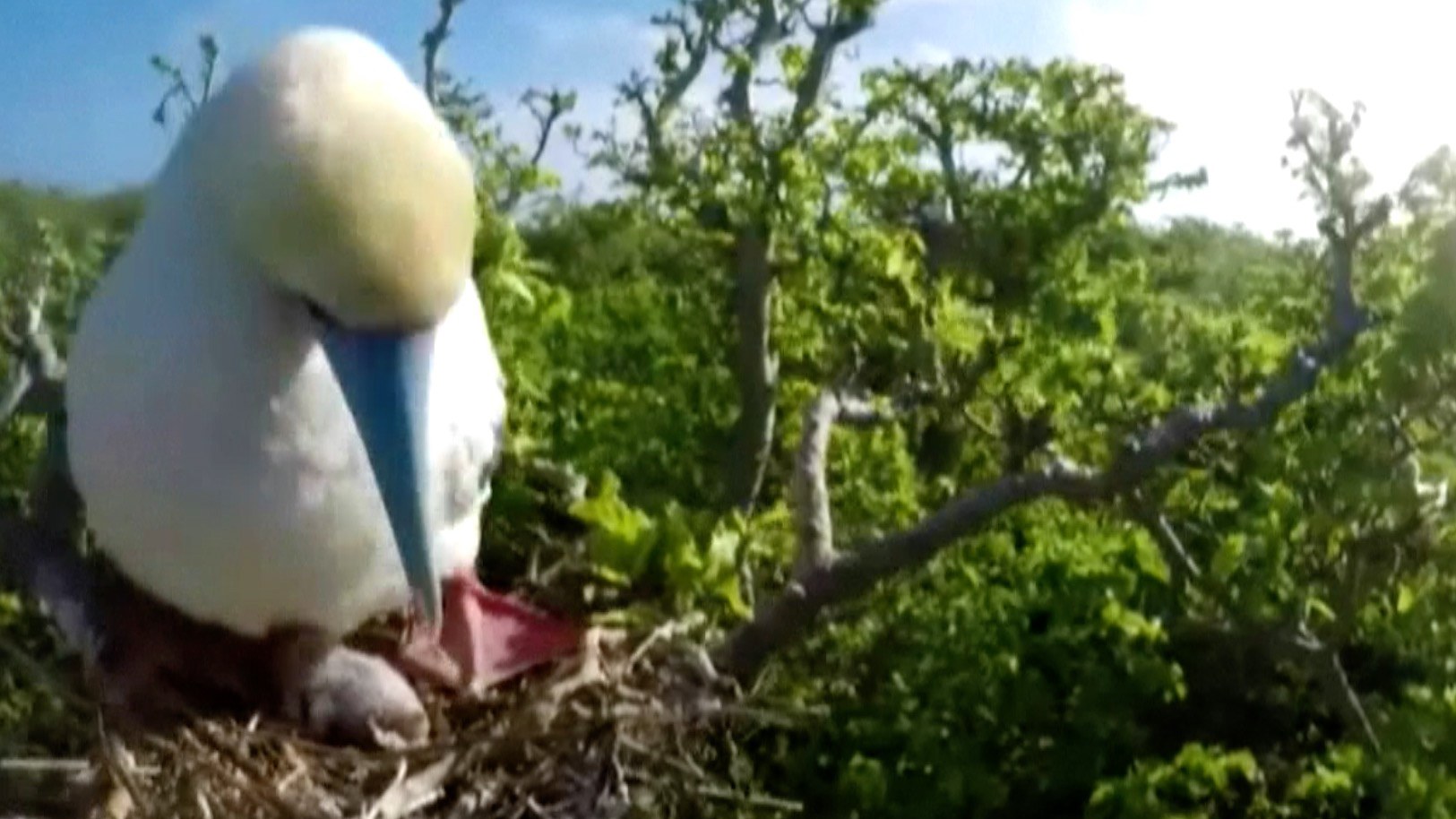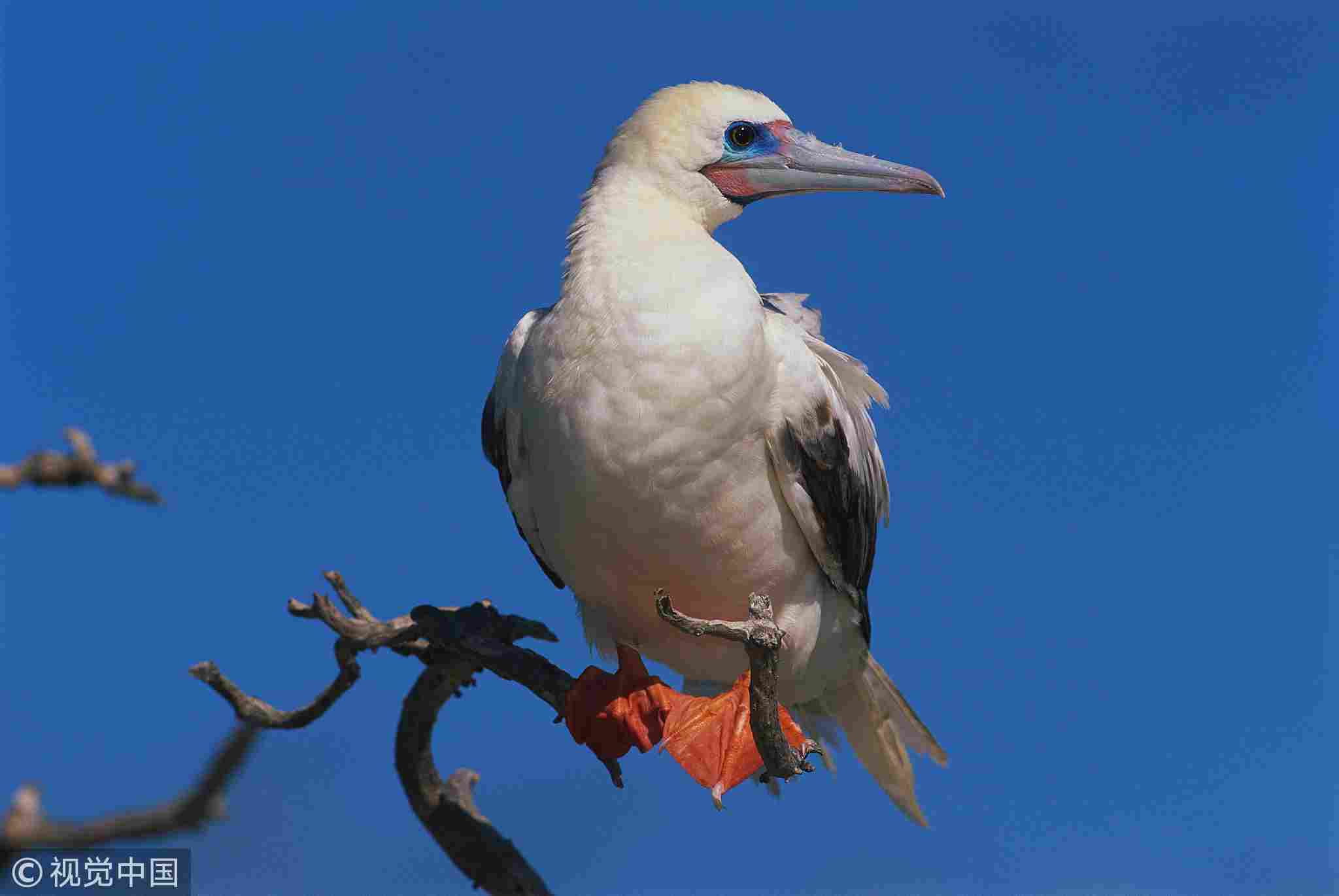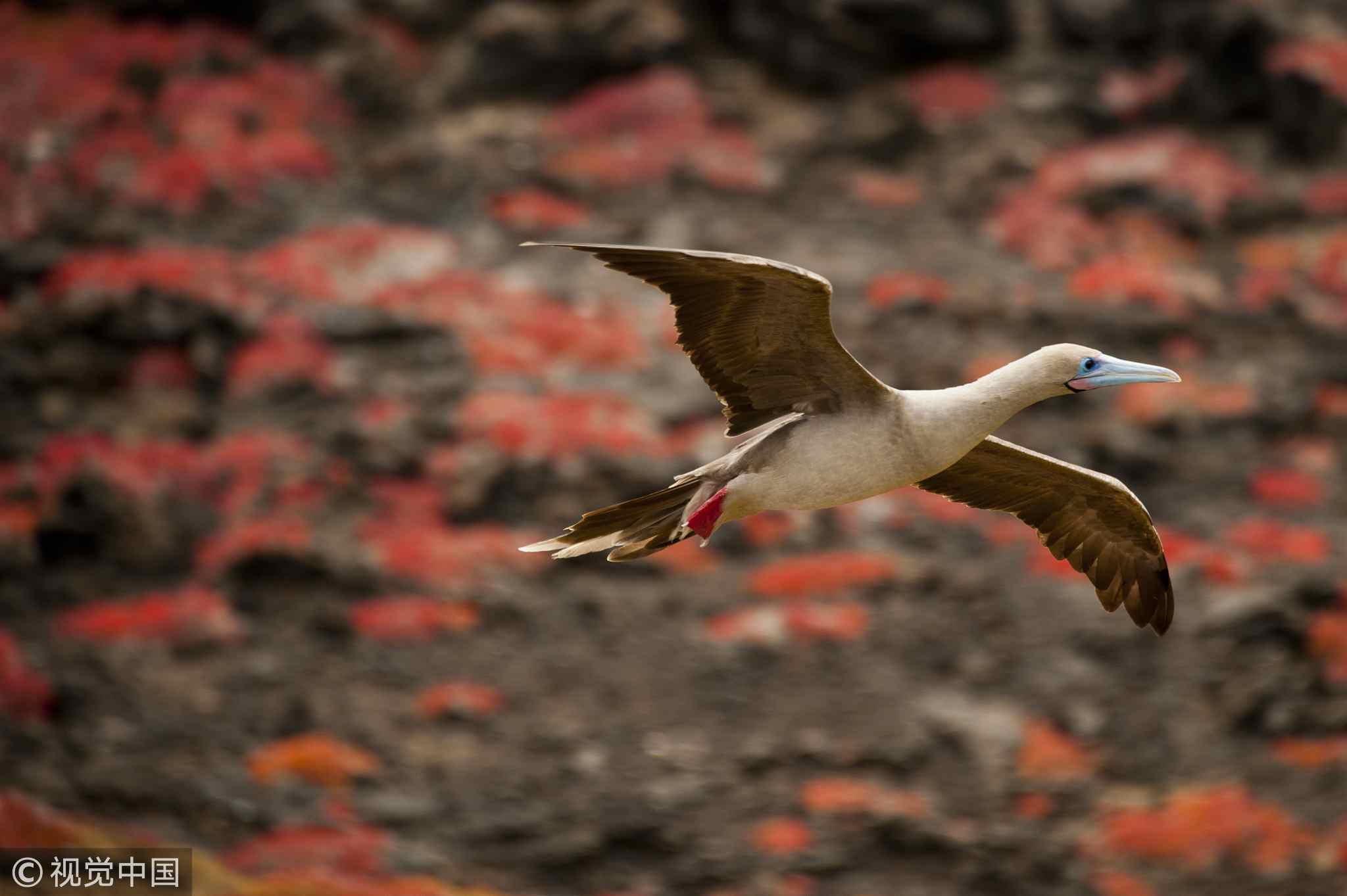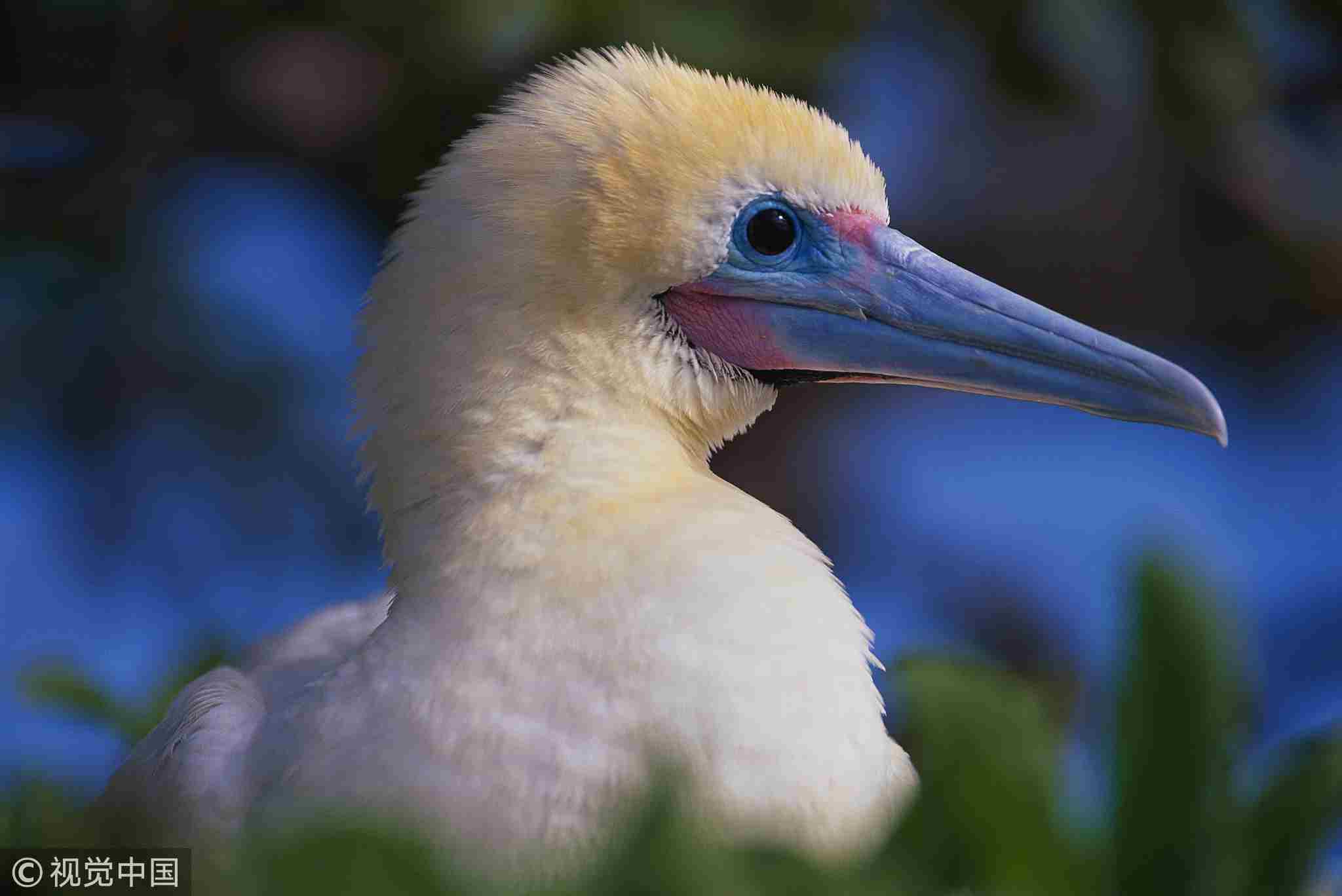
Nature
14:09, 03-Jan-2019
Red-footed boobies thrive in China's southernmost city
Updated
13:42, 06-Jan-2019
CGTN
01:02

Dongdao Island in China's southernmost Sansha City became the main nature reserve for red-footed boobies in 1981.
The number of the seabirds on the island grew to over 100,000 from 30,000 over the last dozen years or so, thanks to ecological protection.

A red-footed booby. /VCG Photo
A red-footed booby. /VCG Photo
Over 40 kinds of seabirds inhabit Sansha City in south China's Hainan Province, which is known for its unique climate and environment.
Among them, the nationally protected non-migratory red-footed boobies use Dongdao Island as their main breeding grounds in China.
The red-footed booby has an interesting scientific name: Sula Sula.

A red-footed booby. /VCG Photo
A red-footed booby. /VCG Photo
As suggested by the name, adults always have red feet. They are powerful and agile fliers. Widely found in the tropics, they breed colonially in coastal regions, especially islands.
Usually, a mature female red-footed booby can only lay one egg every 15 months, and one baby bird takes 40 days to hatch. Although they mature relatively slowly, the low reproduction rate is balanced by their long lifespan – over 20 years.

A red-footed booby. /VCG Photo
A red-footed booby. /VCG Photo
Red-footed boobies are affectionate. The parents will stay together until the fledglings become mature and learn how to fly, according to soldiers guarding islands in the city. However, they are the smallest of more than half a dozen booby species.
The islands patrol soldiers also try to minimize contact with seabirds and protect their habitat.

SITEMAP
Copyright © 2018 CGTN. Beijing ICP prepared NO.16065310-3
Copyright © 2018 CGTN. Beijing ICP prepared NO.16065310-3